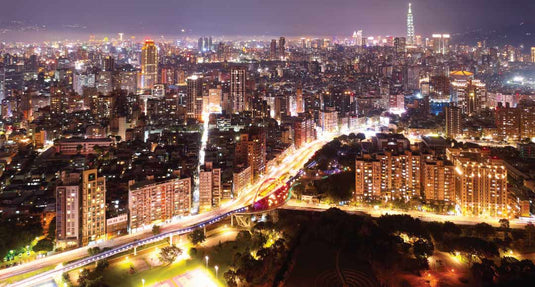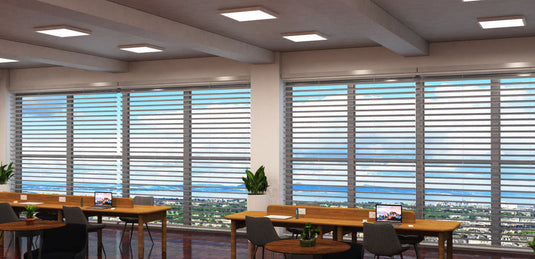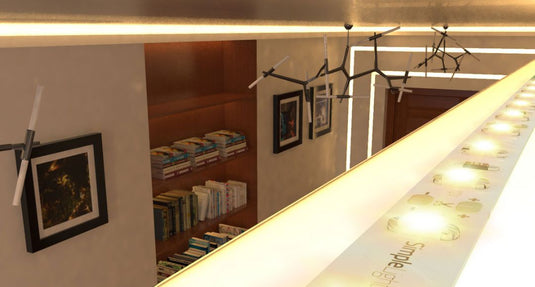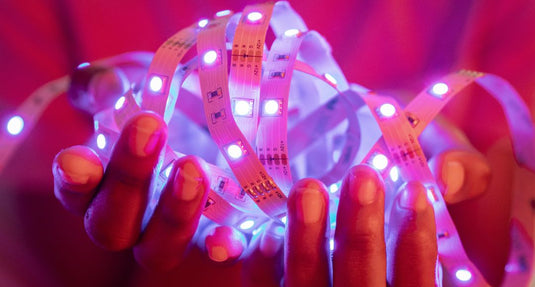When talking about pollution, what comes to your mind? The usual picture that you may think of is chemicals, waste, sewage and trash contaminating the water, land, and air. However, that is not the only type of pollution that's present in our environment. Did you know that there’s such a thing as sound pollution? How about light pollution? Did you know that it exists?
People often would not even consider light as a form of pollution. Technically, it's not, but the overuse of light becomes one. Light pollution has become a serious problem that cannot be ignored. It's prevalent in areas with a large amount of artificial lighting.
Unfortunately, since light is not a well-known form of pollution, there’s not a high level of public awareness. Although the government and cities have taken measures to address this, it would be better if more people would join the cause. The more aware businesses, homeowners and citizens are, the more significant and effective the efforts can become.
So, before we go to the solutions, it's better if you know more about the problem. What is light pollution, and how does it affect not only the environment but also you as an individual.
What is light pollution?
Light pollution is the excessive or inappropriate use of artificial lighting, which can have environmental consequences for wildlife, humans, and the climate. It's the side-effect of industrial civilisation and usually comes from interior lighting and building exterior, commercial properties, outdoor advertisements, factories, offices, lighted sports venues, and street lights.
Too much outdoor lighting used at night is, in fact, inefficient, overly bright, improperly shielded, and completely unnecessary. The light and the electricity it uses are being wasted by spilling it over to the sky rather than targeting it on objects and areas that people need to see. While it's true that illumination is necessary to keep the streets safe at night if the brightness is not directed on the path that you're walking, what's the use?
What are the four types of light pollution?
You may find it surprising that light pollution exists, but it's even more surprising that it has four different types! Each type represents different ways artificial lighting spreads and how they impact the environment. These categories are clutter, skyglow, light trespass and glare.
- Clutter: It's the bright excessive, and confusing groupings of multiple light sources.
- Skyglow: Brightness spilt over to the sky in uninhabited areas.
- Light Trespass: Light that’s falling where it’s not needed or intended.
- Glare: Excessive illumination that causes visual discomfort.
Is light pollution serious?
Most of the Earth’s inhabitants are living under a light-polluted sky. If you live in the cities, all you need to do to see this pollution is go out and look up to the sky. According to research, 80% of the world's population lives under skyglow. In Europe and the United States, 99% of the people residing there have almost no access to natural light! That's how serious light pollution is. If land, air, and water pollutants are urgently being addressed, light pollution should also be handled in haste.

What are the effects of light pollution?
Wildlife Issues
Light pollution is very disruptive and potentially dangerous for the environment, human life, and animal life. One of the frequently discussed and most visible adverse effects of light pollution is the blocking out of stars from the night sky!
When you turn off all the lights inside your house and surrounding areas in the countryside, it will not be a total blackout as the numerous stars twinkle and shine. However, because there is so much unnecessary artificial lighting in the city, it's still challenging to get the same experience even if you turn off yours. Because the stars are blocked out, it becomes hard for animals like migrating birds to use them as a guide and orientation.
Aside from that, the brightness of artificial lighting at night poses a problem to animals who instinctively seek out light sources. Birds may fly into your home, or they might bump into other birds because of the disorientation they get from multiple bright lights.

Environmental Issues
When it comes to the environment, plants need day and night to properly grow. Some plant flowers only bloom at night, and their pollination happens from nocturnal animals. Non-stop brightness from artificial lighting may prevent these plants from blossoming entirely and, in the end, may prevent reproduction. In addition, some artificial lights can have a negative impact on trees that are sensitive to daylight and affect their life cycle.
Human Issues
Light pollution also has an effect on human health and functionality. If humans are exposed to too much light and rarely experience darkness, it can disrupt the body's circadian rhythm. If your circadian clock is disturbed, functions like sleep, production of melatonin, and regulation of cells are also interrupted, causing health problems. Your motor and cognitive skill are also affected because you're not able to sleep properly.
Reducing light pollution is a collective responsibility for everyone. Avoid using highly bright lights that produce too much unnecessary brightness. Instead, opt for dimmable fittings that you can easily regulate. If you don't know where to find one, check our website, LED Supplier. We have a variety of dimmable lighting fixtures that you can easily manage, so you won't utilise more than what you need!




